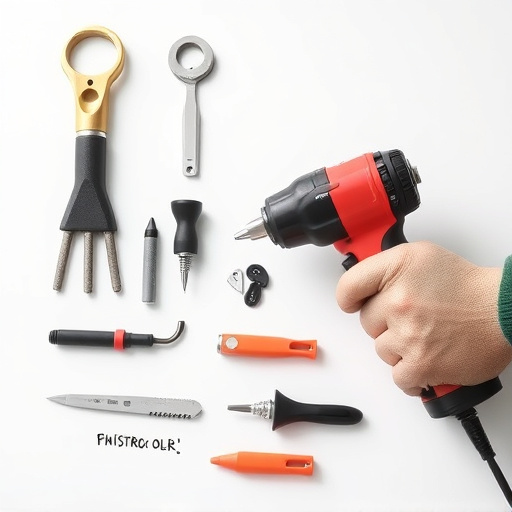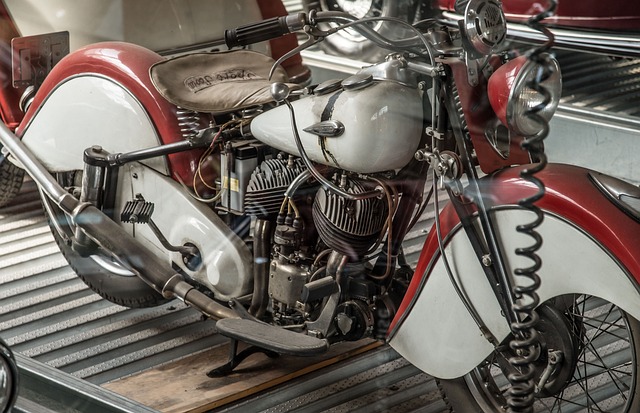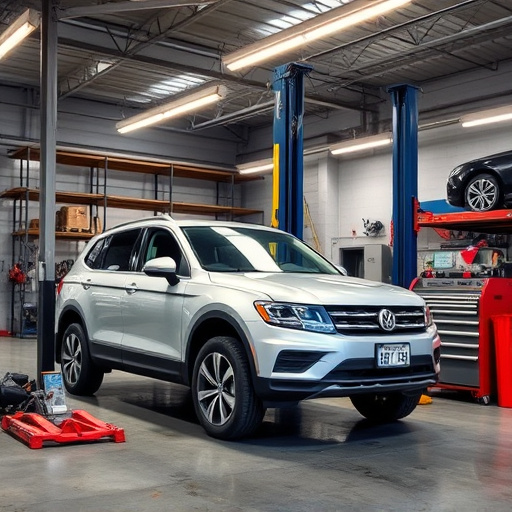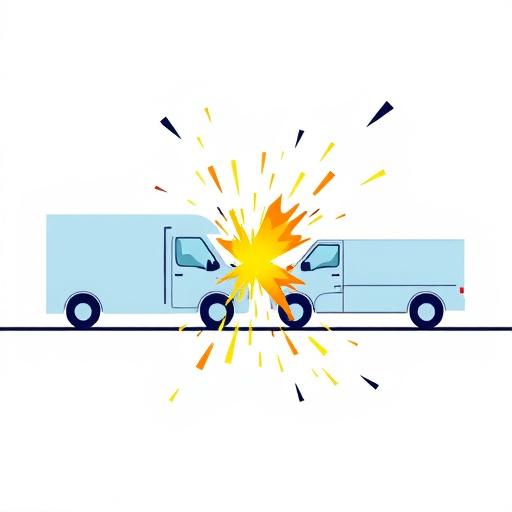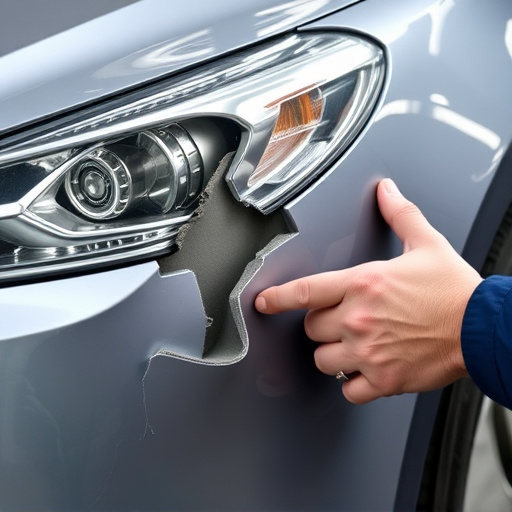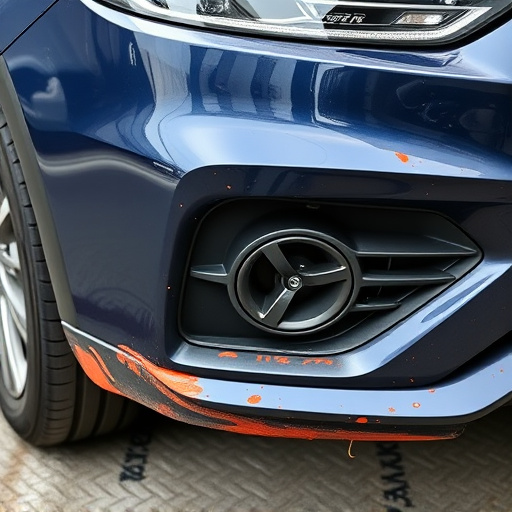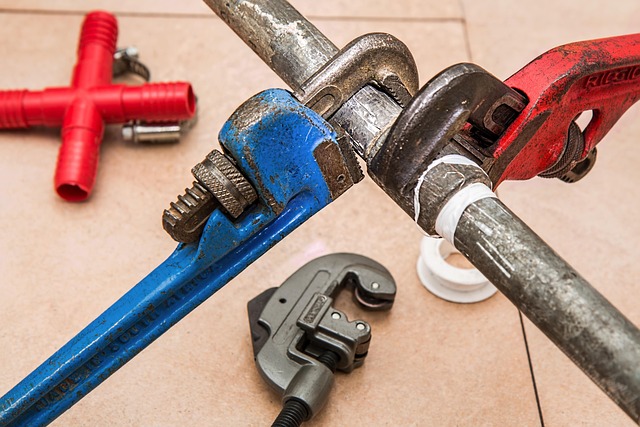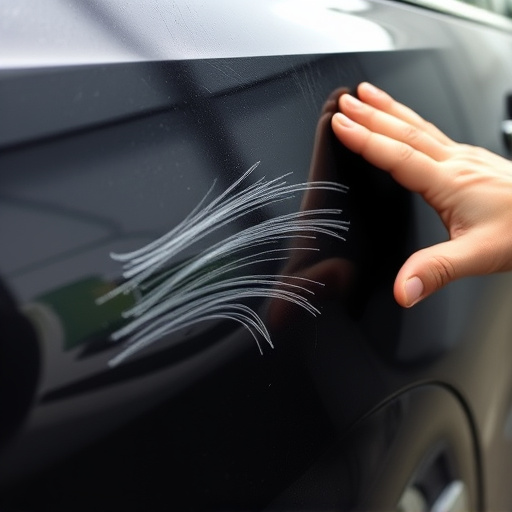Replacing a radiator after an accident involves careful disassembly and reinstallation to ensure optimal vehicle performance. It requires navigating complex mechanics, aligning the new radiator for enhanced cooling efficiency, securing fastening mechanisms, and minimizing downtime, costs, and potential future repairs, ultimately enhancing resale value. "Radiator replacement accidents" highlight the challenge of precise fit and fluid leak detection, necessitating specialized tools and knowledge. Comprehensive repairs addressing related components prevent future complications.
In today’s digital era, efficient vehicle repairs are more crucial than ever. One key component often overlooked is the radiator—a vital part in keeping your car running smoothly. A simple radiator replacement accident can significantly support this process, highlighting the benefits of swift and knowledgeable repairs. This article explores the understanding of the radiator replacement process, benefits for vehicle owners, and tackles common challenges, offering practical solutions for a seamless repair experience.
- Understanding Radiator Replacement Process
- Benefits of Efficient Repair for Vehicle Owners
- Common Challenges and Their Solutions in Radiator Repairs
Understanding Radiator Replacement Process
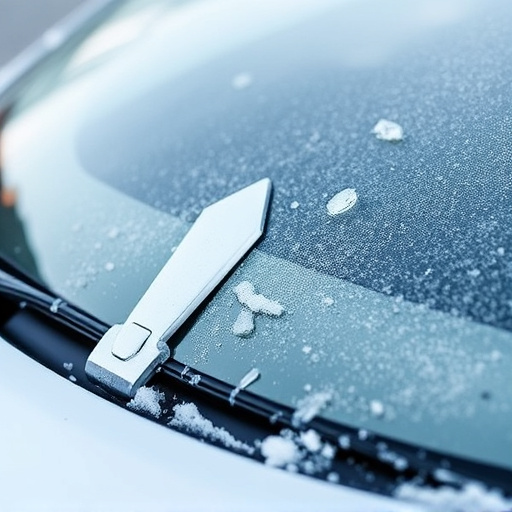
The process of replacing a radiator involves several steps that are crucial for ensuring efficient repair and optimal vehicle performance. It begins with removing the old radiator, which often requires disconnecting various components connected to it, such as hoses and fans. This step demands careful navigation through intricate car mechanics, especially in complex cases where a radiator replacement accident may have occurred previously.
After safely extracting the old unit, the next phase focuses on preparing the new radiator for installation. This includes aligning it precisely with the vehicle’s engine bay to guarantee seamless integration and proper cooling efficiency. Prioritizing accuracy during this stage is key to preventing future autobody repairs issues. Once aligned, secure fastening mechanisms are applied to keep the new radiator in place, completing the car restoration process effectively.
Benefits of Efficient Repair for Vehicle Owners
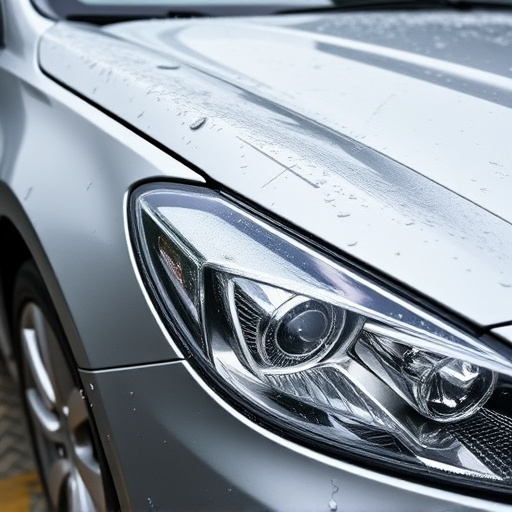
Efficient repair processes bring numerous advantages to vehicle owners. When a radiator replacement accident occurs, swift and competent handling ensures that your vehicle is back on the road in no time. This means less downtime for daily commutes and reduced costs associated with prolonged inactivity. Efficient repairs also guarantee high-quality work, maintaining the vehicle’s overall performance and safety standards.
Additionally, efficient repair processes contribute to environmental sustainability by minimizing waste and using eco-friendly materials where possible. For car owners concerned about aesthetics, professional bodywork services, including scratch repair, can restore a vehicle’s original look, enhancing its resale value. Ultimately, a well-managed repair process offers peace of mind, ensuring your vehicle is in reliable hands.
Common Challenges and Their Solutions in Radiator Repairs

In the realm of automotive repairs, radiator replacement accidents highlight a common challenge faced by mechanics and owners alike. The process, though crucial for maintaining engine health, can be complex due to intricate components and potential fluid leaks. One of the primary hurdles is ensuring a precise fit during replacement, as any misalignment may lead to further damage or inefficient cooling. Mechanics employ specialized tools and extensive knowledge to navigate this challenge, meticulously measuring and adjusting to exact specifications.
Moreover, radiator repairs often involve delicate balancing acts with cooling systems. Leaks can be subtle, making detection a meticulous process. Here, the expertise of seasoned technicians shines through, utilizing advanced diagnostic tools and their experience to pinpoint issues. Effective solutions include not only successful radiator replacement but also addressing related components like hoses and thermostats, ensuring a comprehensive and efficient repair that prevents future complications, akin to resolving a car dent removal or even intricate Mercedes Benz repairs with precision and care.
In conclusion, understanding the process of radiator replacement and its benefits is crucial for efficient vehicle repair. By addressing common challenges head-on, workshops can streamline their services, ensuring faster turnaround times without compromising quality. This not only saves time for vehicle owners but also minimizes the financial impact associated with unexpected breakdowns. A well-planned and executed radiator replacement process, including accident support, reflects a commitment to excellence in automotive care.

